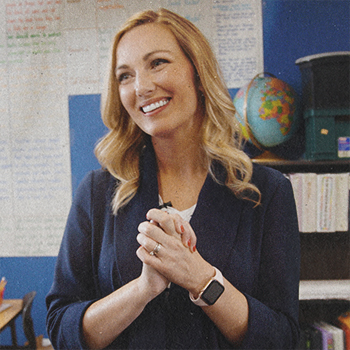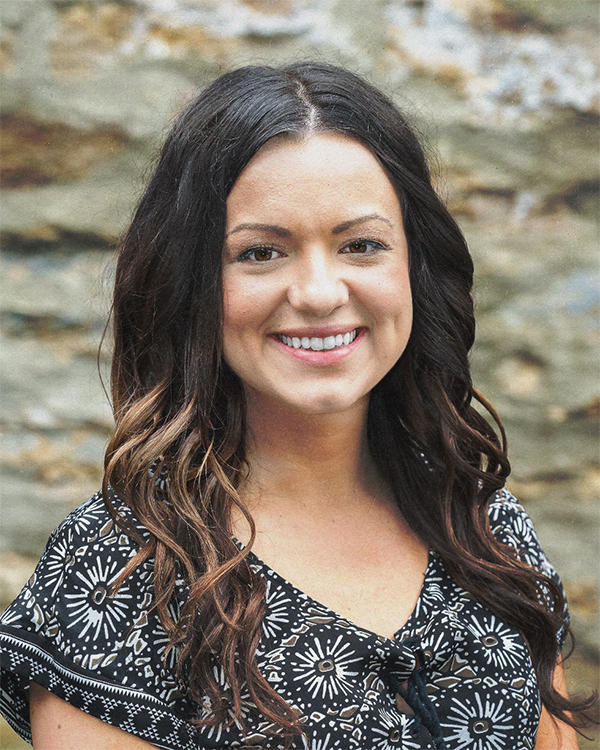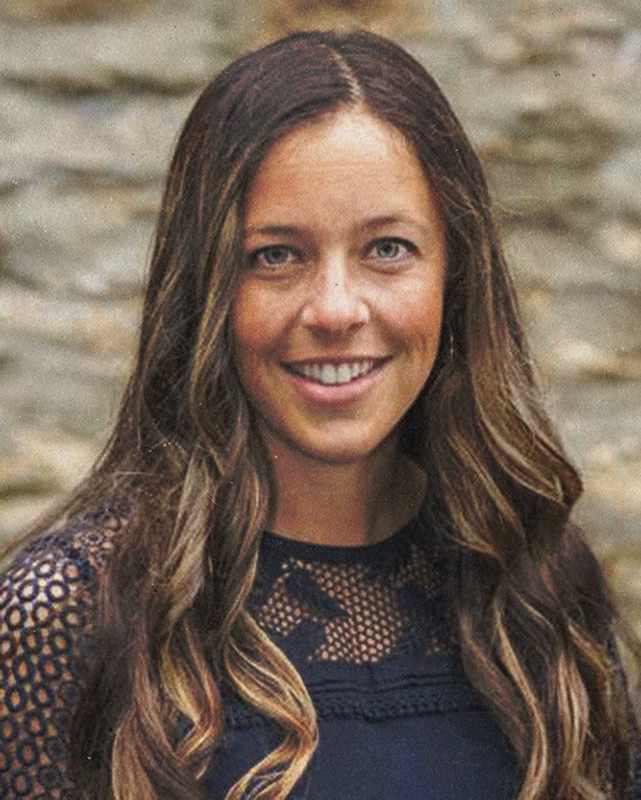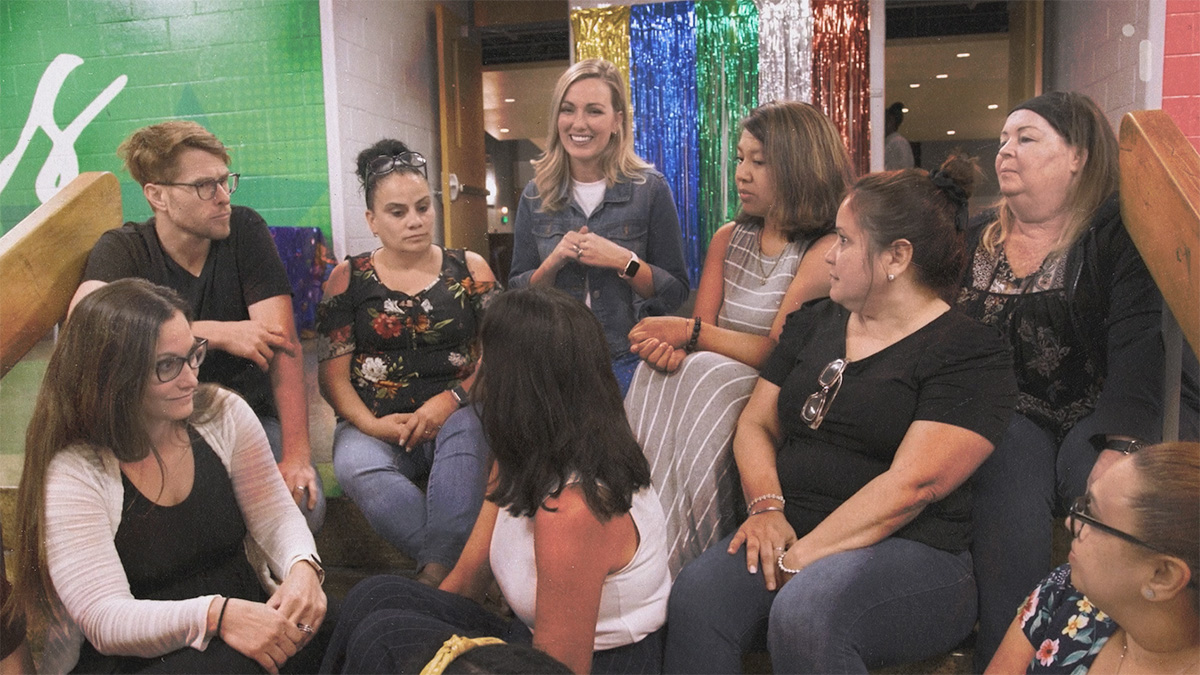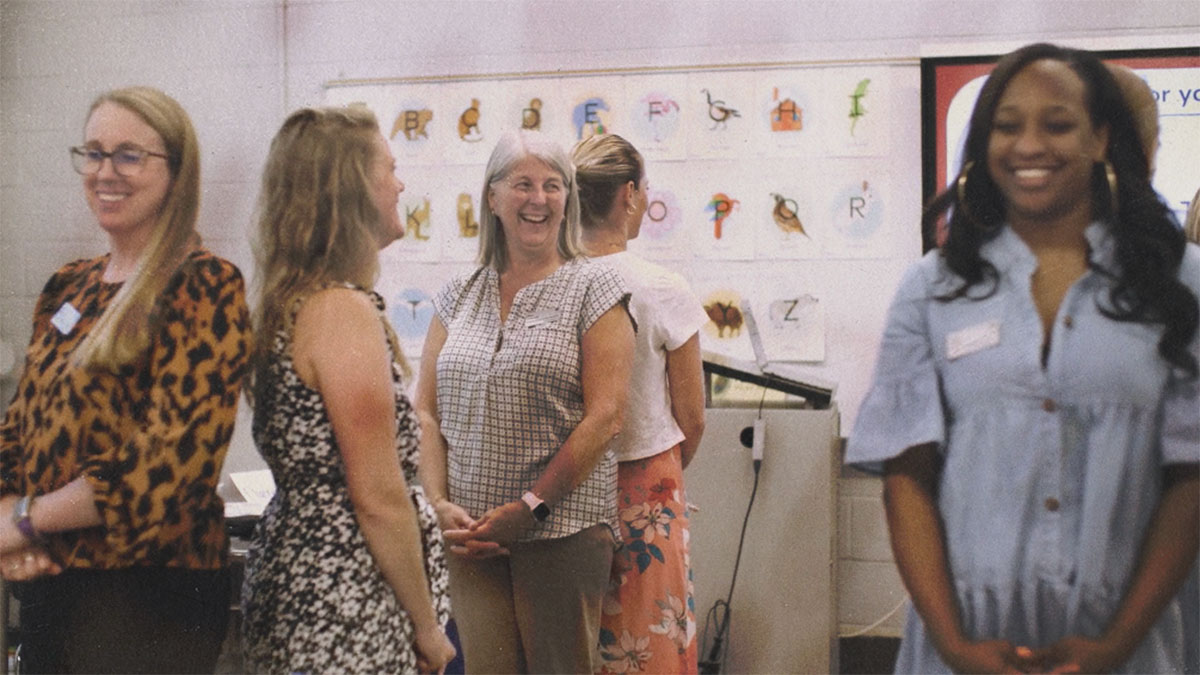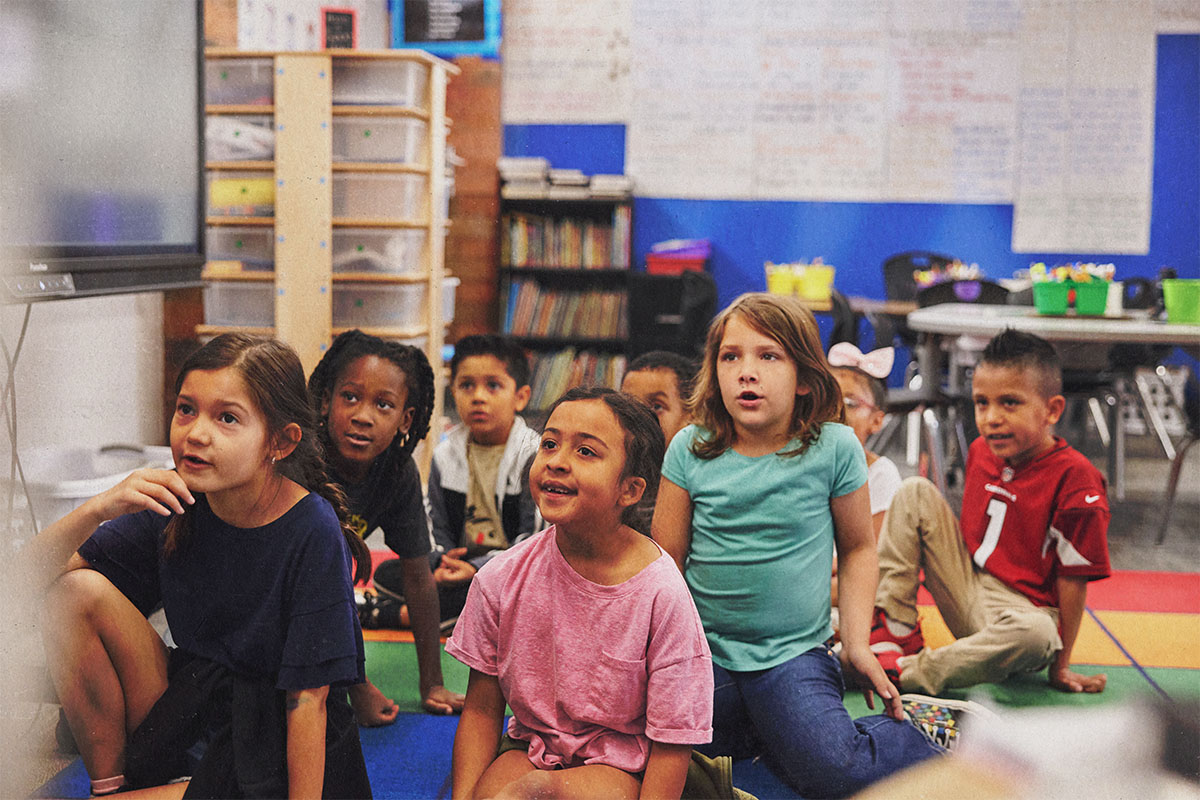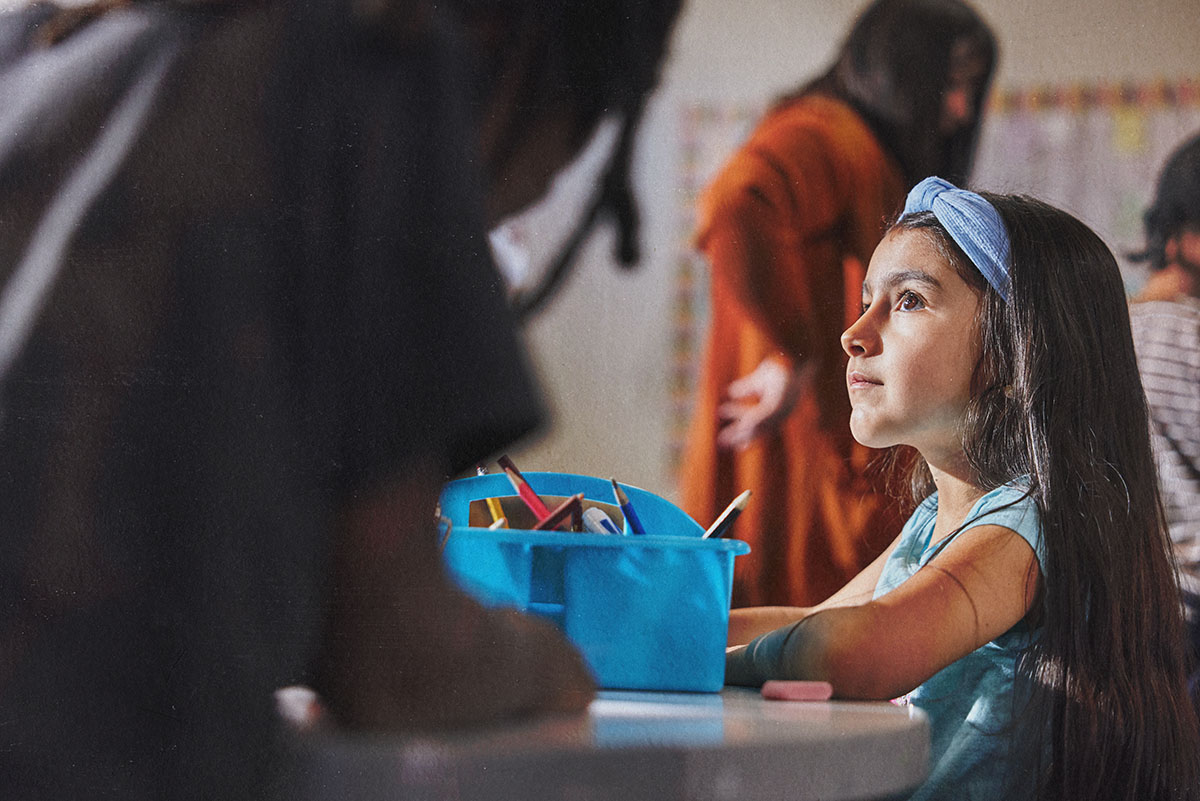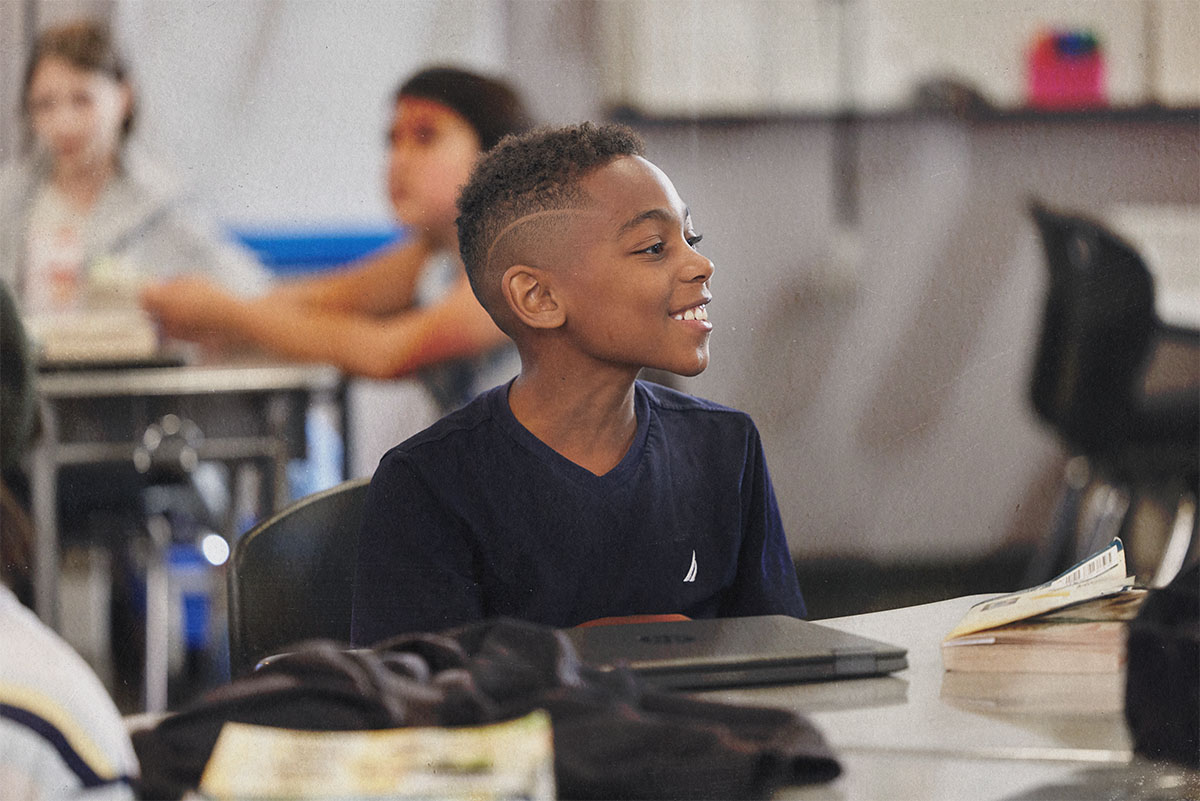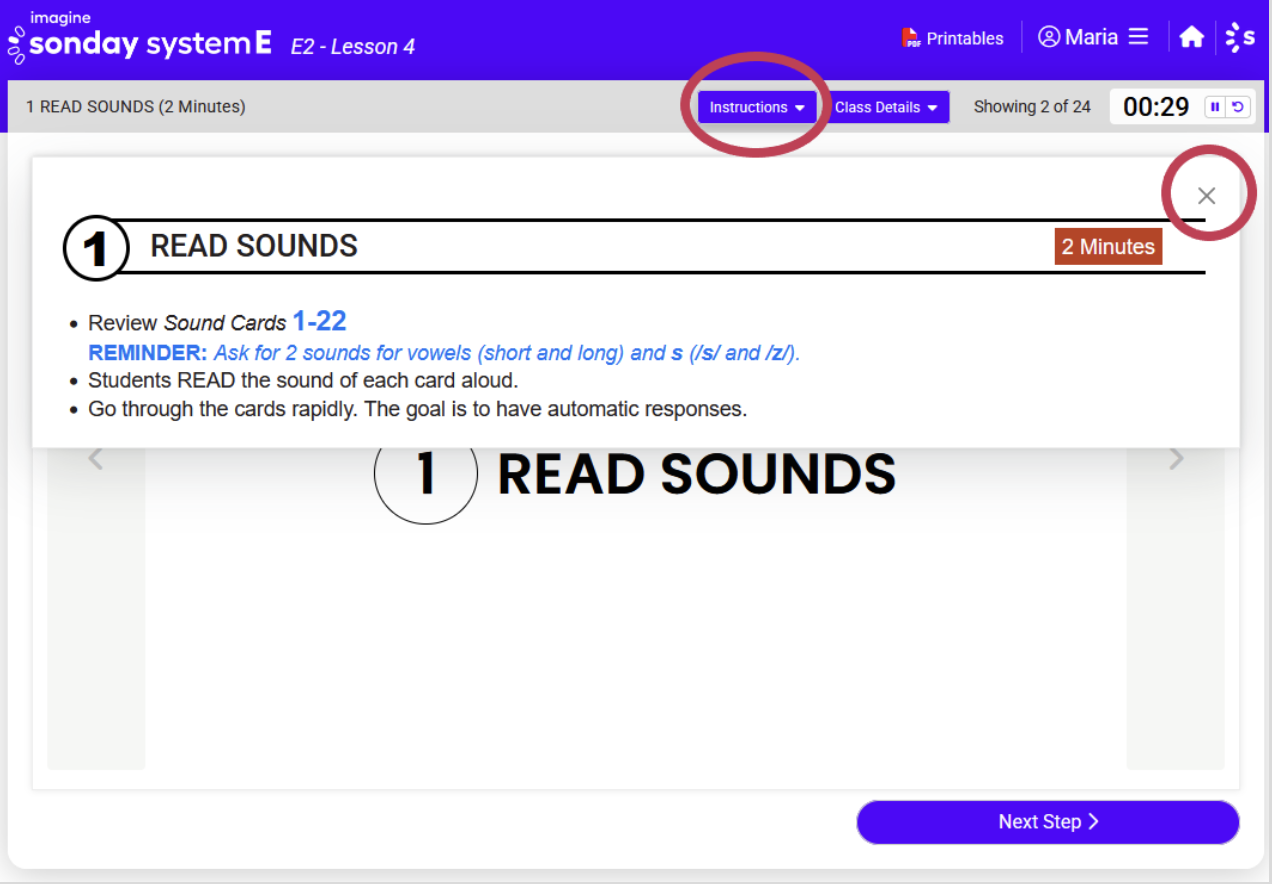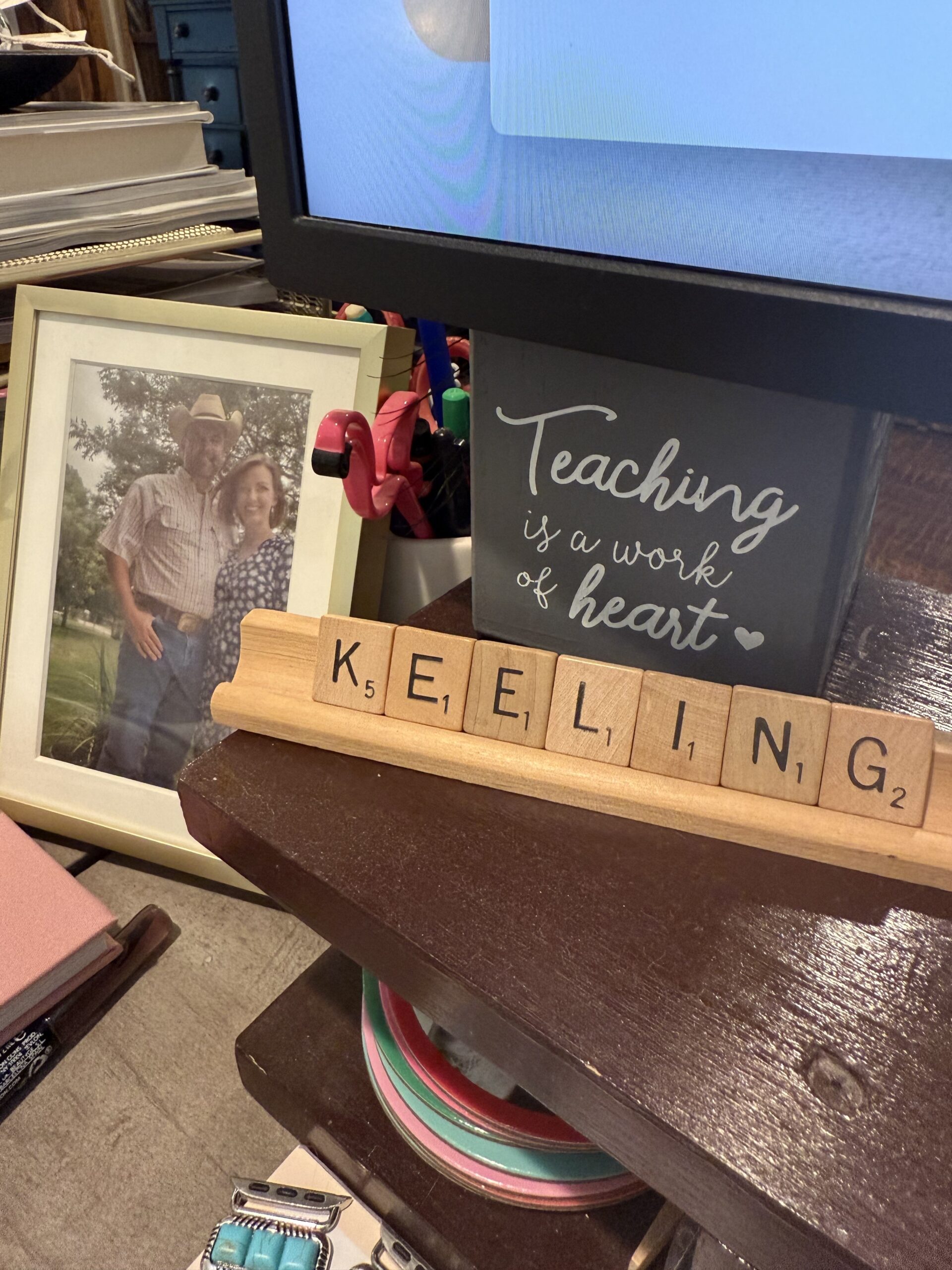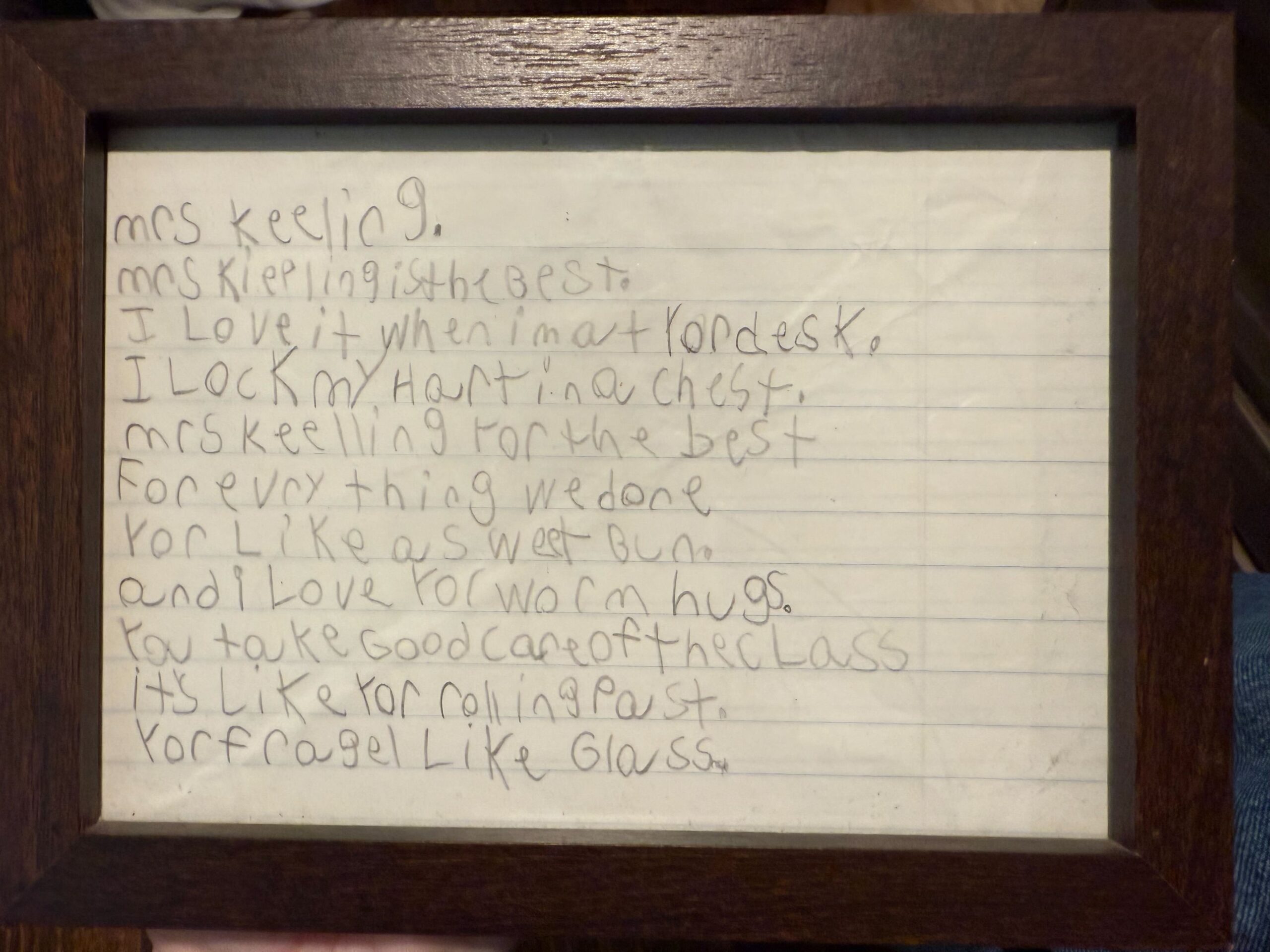November 10, 2025 8:48 am
Build Your AI Practice in 30 Days
If you’ve been exploring AI in your classroom — experimenting with prompts, trying out new tools, or just wondering what’s next — you’re not alone.
Next steps for Teaching in the Age of AI
If you’ve been exploring AI in your classroom — experimenting with prompts, trying out new tools, or just wondering what’s next — you’re not alone. Across the country, educators are asking questions like, “How do I responsibly and sustainably make AI part of my classroom?” and “What concrete steps can I take to move beyond the basics?”
If you’ve been following along with Imagine Learning’s series, Teaching in the Age of AI: A Practical Series for K–12 Educators, you’ve already built a foundation for ethical, effective AI use and discovered practical steps that educators like you can take to make AI a meaningful partner in teaching and learning.
Session 6 focuses on next steps — taking the skills you’ve already learned and making the leap into your real day-to-day and your real classroom. You’ll also find the 30-Day AI Action Plan Template, a simple framework that helps you set realistic goals, experiment thoughtfully, and build lasting, meaningful AI habits that enhance the personal side of your teaching.
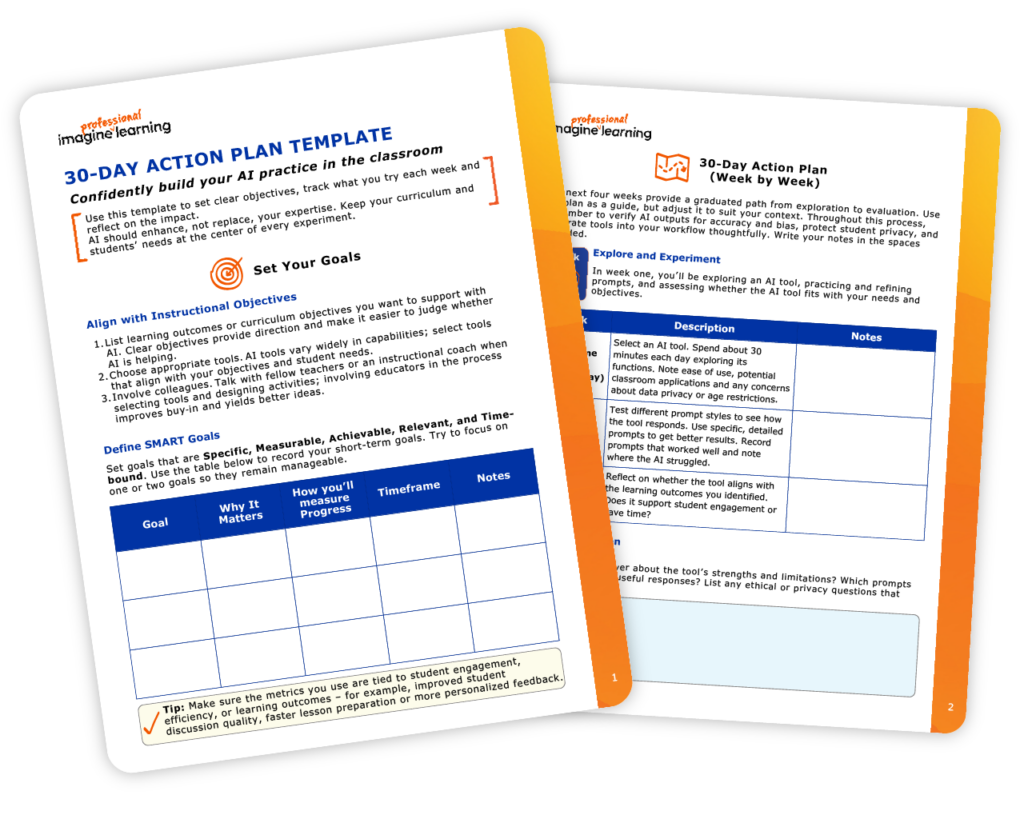
Catch up on the full series
Each Teaching in the Age of AI session offers a focused look at a key piece of AI integration, giving educators the foundation, framework, and tools to grow their AI practice with intention. All six sessions are available now — each with a certificate of completion and downloadable resources to help turn insights into action.
In case you missed it, here’s a quick recap.
Session 1:
“AI Essentials for Every Teacher”
Learn what AI really is and how to evaluate tools for quality, accuracy, and alignment to district policies before bringing them into your classroom.
Session 2:
“Safe, Ethical, and Compliant AI Use”
Explore how to protect student data, model ethical use, and communicate classroom AI expectations clearly with students and families.
Session 3:
“AI for Lesson Planning and Differentiation”
See how AI can streamline planning and support differentiation with leveled texts, scaffolded resources, and time-saving templates that center your professional judgment.
Session 4:
“AI for Feedback and Assessment”
Pair AI’s efficiency with teacher expertise to deliver meaningful feedback, maintain academic integrity, and design AI-aware assessments that emphasize thinking over shortcuts.
Session 5:
“Guiding Students in Responsible AI Use”
Learn how to teach AI literacy, media literacy, and ethical use across grade levels — helping students question, evaluate, and cite AI responsibly.
Session 6:
“Next Steps: Building Your AI Practice”
Set short-term goals, experiment with tools, and turn learning into action with a personalized, structured plan for sustainable AI use.
Your AI practice starts here
AI may be changing classrooms, but educators are shaping what comes next. Each Teaching in the Age of AI session helps you bring more confidence, clarity, and purpose to your teaching. What will your next steps be?
